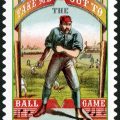Monsoon Mood
We think of paintings as art, but can they also be a source of historical and scientific data? Three centuries ago, a young prince inherited the throne in Udaipur, India, and brought with him some newfangled ideas about art.
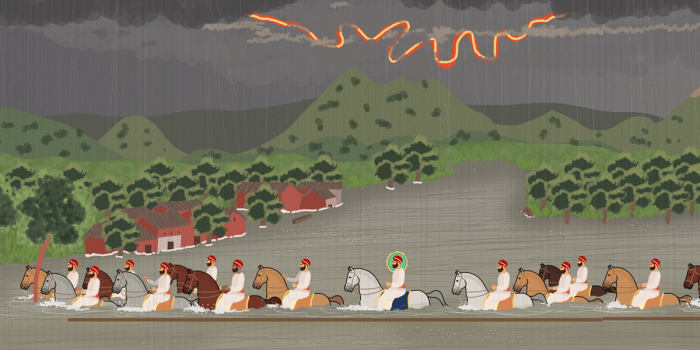
His court artists created massive paintings that flew in the face of convention, documenting real life events, times, places and even emotions—especially during the annual monsoon season. These paintings are so detailed that—centuries later—they can serve as archival records to help understand our own changing climate.
This time on Sidedoor, we’re getting our feet wet in an exhibition that explores two hundred years of monsoon paintings from Udaipur, India — a place with a special connection to the rains.
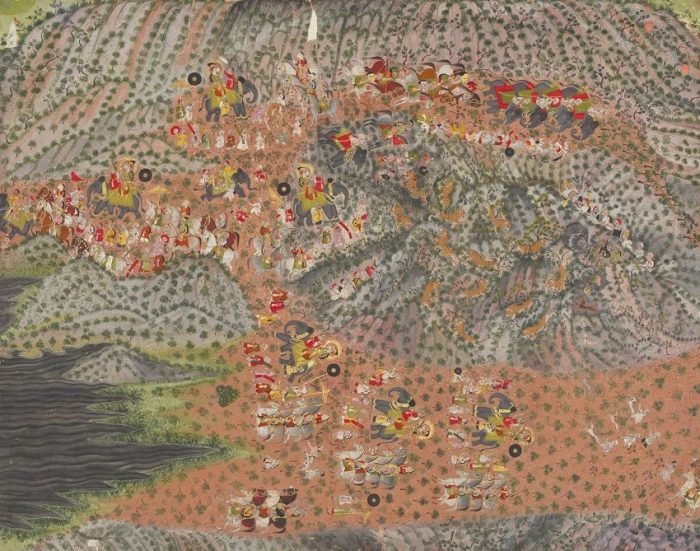
Guests
- Debra Diamond, Elizabeth Moynihan Curator for South Asian and Southeast Asian Art at the Smithsonian’s National Museum of Asian Art
- Dipti Khera, associate professor, Department of Art History and Institute of Fine Arts, New York University
- Mark Giordano, professor of geography and vice dean for undergraduate affairs at Georgetown University’s Walsh School of Foreign Service
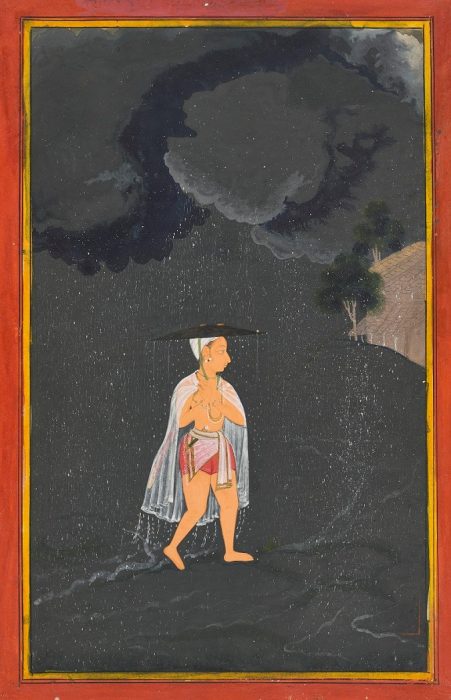
Listen now
Links and Extras
- The exhibition A Splendid Land: Paintings from Royal Udaipur is on display at the Smithsonian’s National Museum of Asian Art through May 14. You can also enjoy a treasure trove of online experiences on the exhibition website.
- Explore Maharana Amar Singh II in Udaipur during a monsoon downpour (pictured below) in a video detailing the painting’s scenes and conservation.
- Immerse yourself in soundscapes that compliment the beauty and mood of the exhibition from sound artist and filmmaker Amit Dutta.
- A Splendid Land is organized in collaboration with the City Palace Museum, Udaipur. Discover 450 years of palace history and check out the museum’s collections.
- Delve further into the legacy of art in this era on the website for Dipti Khera’s book, The Place of Many Moods: Udaipur’s Painted Lands and India’s Eighteenth Century.
- A Splendid Land is just one of the amazing exhibitions taking place this year as part of at the Smithsonian’s National Museum of Asian Art centennial celebration! Learn more about the innovative programs, events, and artistic experiences coming your way in the months ahead
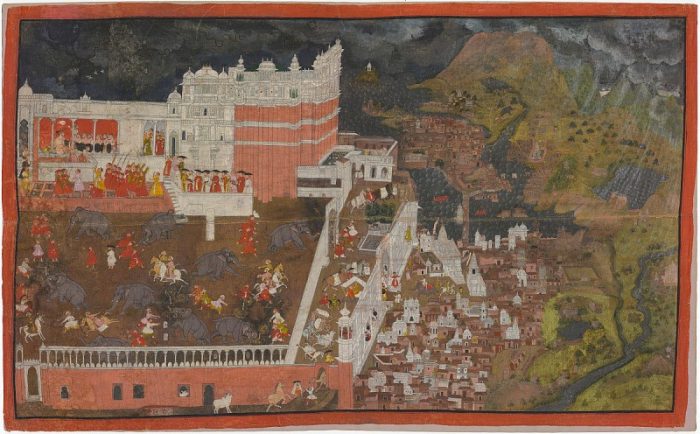
Exhibition
This episode was produced in collaboration with the Smithsonian’s National Museum of Asian Art’s exhibition: A Splendid Land: Paintings from Royal Udaipur, in celebration of the 100th anniversary of the museum’s founding and the 75th anniversary of Indian independence.
The exhibition is on view through May 14, 2023.
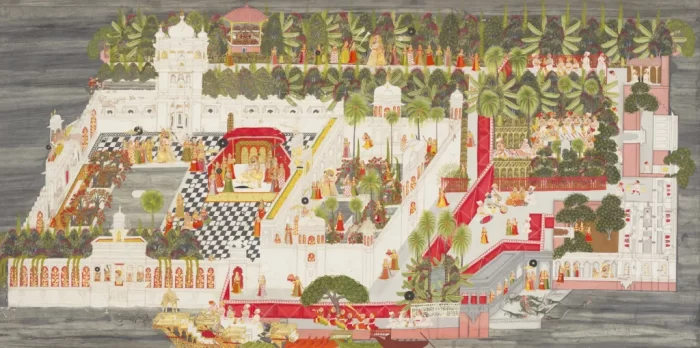
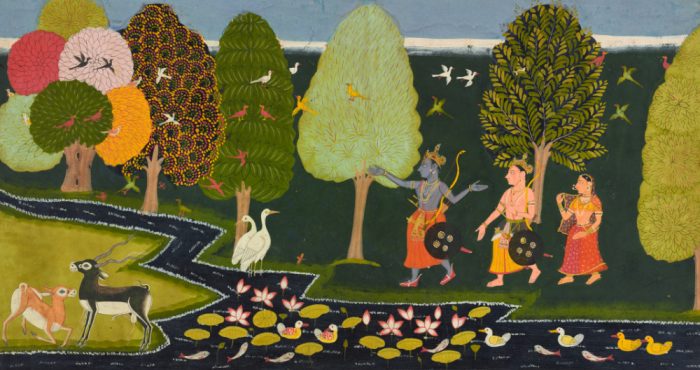
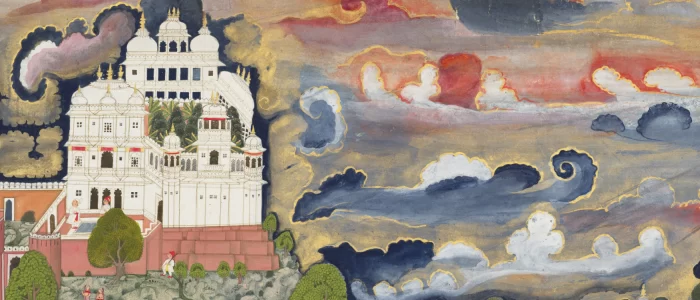
Posted: 30 March 2023
-
Categories:
Art and Design , Asian Art Museum , Collaboration , Feature Stories , History and Culture


